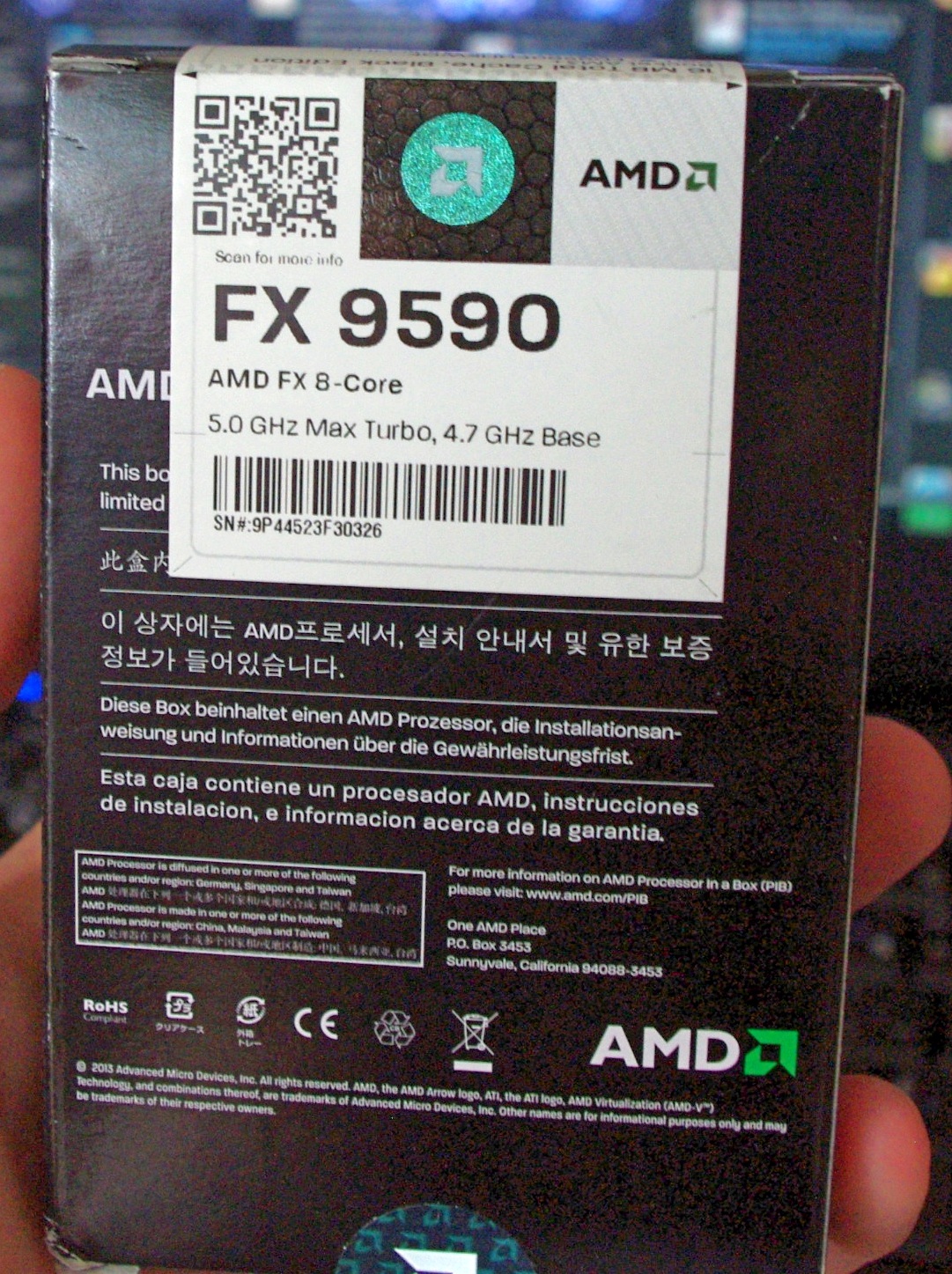FordGT90Concept
"I go fast!1!11!1!"
- Joined
- Oct 13, 2008
- Messages
- 26,263 (4.34/day)
- Location
- IA, USA
| System Name | BY-2021 |
|---|---|
| Processor | AMD Ryzen 7 5800X (65w eco profile) |
| Motherboard | MSI B550 Gaming Plus |
| Cooling | Scythe Mugen (rev 5) |
| Memory | 2 x Kingston HyperX DDR4-3200 32 GiB |
| Video Card(s) | AMD Radeon RX 7900 XT |
| Storage | Samsung 980 Pro, Seagate Exos X20 TB 7200 RPM |
| Display(s) | Nixeus NX-EDG274K (3840x2160@144 DP) + Samsung SyncMaster 906BW (1440x900@60 HDMI-DVI) |
| Case | Coolermaster HAF 932 w/ USB 3.0 5.25" bay + USB 3.2 (A+C) 3.5" bay |
| Audio Device(s) | Realtek ALC1150, Micca OriGen+ |
| Power Supply | Enermax Platimax 850w |
| Mouse | Nixeus REVEL-X |
| Keyboard | Tesoro Excalibur |
| Software | Windows 10 Home 64-bit |
| Benchmark Scores | Faster than the tortoise; slower than the hare. |
Indeed, FPU instructions are generally under x87 which stems from the 8087 co-processor for the 8086. Thing is, x87 has been a standard feature for about two decades now. AMD tried to depreciate it to force developers to use the GPU for FPU tasks. It failed.Simply, if it can execute all the instructions in the x86, or in this case x86_64 instruction set, then it is an x86_64 core. You don't need an FPU to execute any of the instruction in the basic x86_64 instruction set, it just helps performance greatly for some of them.
Die meaning CPU socket. Yes, they were MCM'd but that's a technical detail that doesn't matter in terms of core count. Pentium D was sold as a dual core and it had two cores in two modules. Core 2 Duo was sold as a dual core and it had two cores in one module. Core 2 Quad was sold as a quad core and it has four cores in two modules. The cores (L1 instruction to L1 data) did not share any components in any of those processors.Yeah, the Pentium D wasn't two processor on one die...oh and the Core 2 Quad wasn't 4 processors on 1 die either.
It does matter. When you go to Best Buy and a guy comes up to you and says this AMD has 8 cores for $200 and this Intel has 4 cores for $300 bucks. Most consumers will go with AMD not realizing that AMD only has 4 complete cores. AMD deliberately mislead the public to get more sales. The people that filed this lawsuit, in hindsight, know they should have gone with Intel's quad-core for $100 more.I think the when push comes to push, the core count isn't really what people are pissed off about. This is all about the lackluster performance of these CPUs and I think that this is just a facade for that. No one ever said 8 cores had to be fast.
Last edited:


